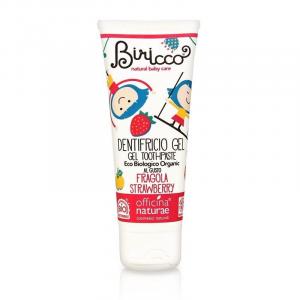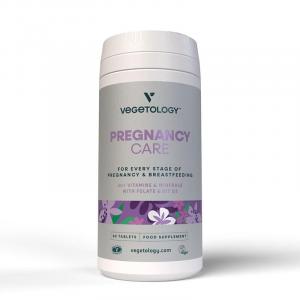Ethylcellulose
Other names: Ethyl cellulose, ethylated cellulose, E462
Harm score: 2 (Derivatives of natural substances)
Ethylcellulose, also known as ethyl cellulose, ethylated cellulose or E462, is essentially a chemically modified form of cellulose. This substance is synthesised by reacting cellulose with ethylated alcohol in the presence of sulphuric acid as a catalyst. Ethylcellulose is a non-toxic, biologically inert, white or off-white powder. It is almost insoluble in water, but soluble in many organic solvents.
Ethylcellulose is widely used in various industries due to its unique properties. It is most commonly used as a stabilizer, thickener, release agent and film former in the pharmaceutical industry. In the food industry, ethylcellulose is used as an additive in food to increase its stability, consistency and shelf life. It is also a component of some cosmetic products and toiletries. In addition, ethylcellulose is found in products such as paints, varnishes, coatings, adhesives, printing inks and many others.
Ethylcellulose can be found in the following products

Children's toothpaste - strawberry BIO (75 ml) - fluoride-free
Product detail